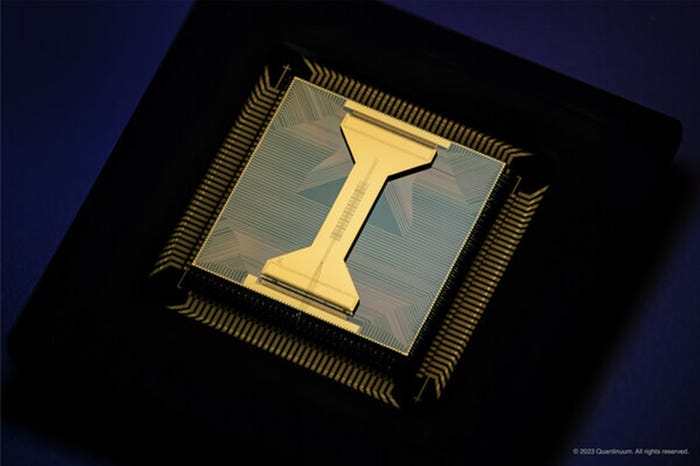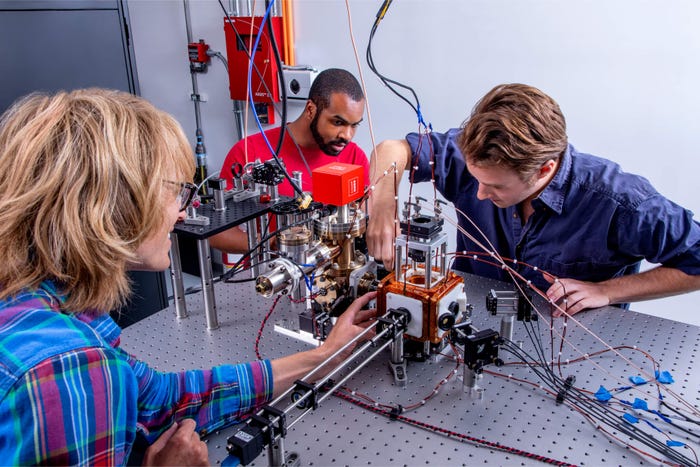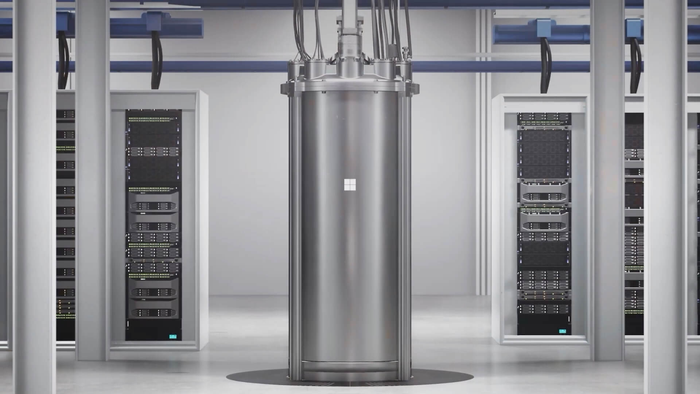
Connects decision-makers and solutions creators to what's next in quantum computing
Hybrid Quantum Method Shows Cellular Network Planning PromiseHybrid Quantum Method Shows Cellular Network Planning Promise
Researchers have demonstrated a hybrid algorithm running on a Pasqal quantum computer addresses a physical cell identifier problem

A team of researchers has demonstrated that a hybrid classical-quantum algorithm running on a quantum computer can solve a complex cellular network optimization problem.
Smartphones connect to the nearest available cell tower in the network and as the user moves, the signal is handed among different cells.
Cell networks are dense, particularly in urban areas, and to enable every device to have an equal share of network capacity takes complex planning.
The handover of communication between cells is managed by physical cell identity (PCI), a unique identifier for each cell in a network. They are allocated and managed in a way that aims to optimize performance and minimize interference. However, the number of PCIs in a network is limited and they are prone to signal assignment impairment.
Quantum computing company Pasqal and high-performance computing research institute Links Foundation have demonstrated an algorithm that provides the foundations for efficiently solving the PCI assignment problem. The noise-resilient, hybrid quantum-classical algorithm ran on Pasqal’s neutral-atom quantum computing hardware.
“The strongest point of this experiment is that it exploits the characteristics of the current Pasqal machine in such a way that the algorithm is resistant to variations in the results,” said Links quantum computing team researcher Chiara Vercellino.
“The code ran smoothly on the machine, and we knew from the beginning that we could expect good results. The time to solve for many nodes grows exponentially if you consider methods using classical computers only, so for very large graphs we will see the real advantage of using hybrid quantum-classical approaches.”
The research team ran the hybrid quantum-classical algorithm on Fresnel, Pasqal’s first commercial device. According to the research team, Pasqal’s neutral atom quantum computing hardware is well-suited to solving this kind of problem, known as a graph problem
“The most impressive part of this implementation is that the results the LINKS team obtained are very reliable, even if the quantum process unit (QPU) is still noisy,” said Pasqal senior quantum software developer Mauro D’Arcangelo.“Provided that you can embed the graph in our QPU, the algorithm just works. You can use it right now. You only need to have enough atoms in the register to represent the graph that you want.”
The algorithm provides the foundations for efficiently solving the PCI assignment problem in cellular networks and for other applications.
About the Author
You May Also Like






